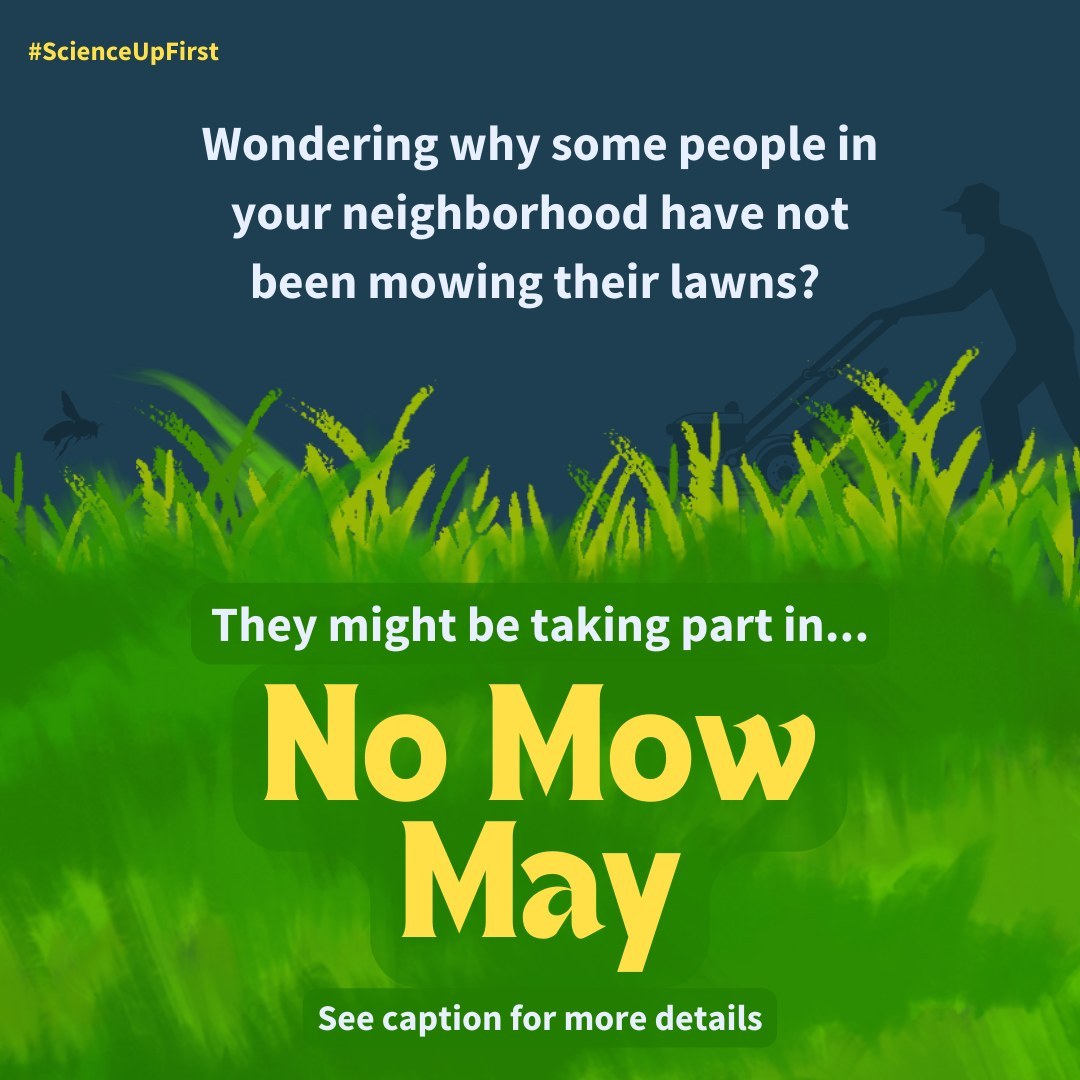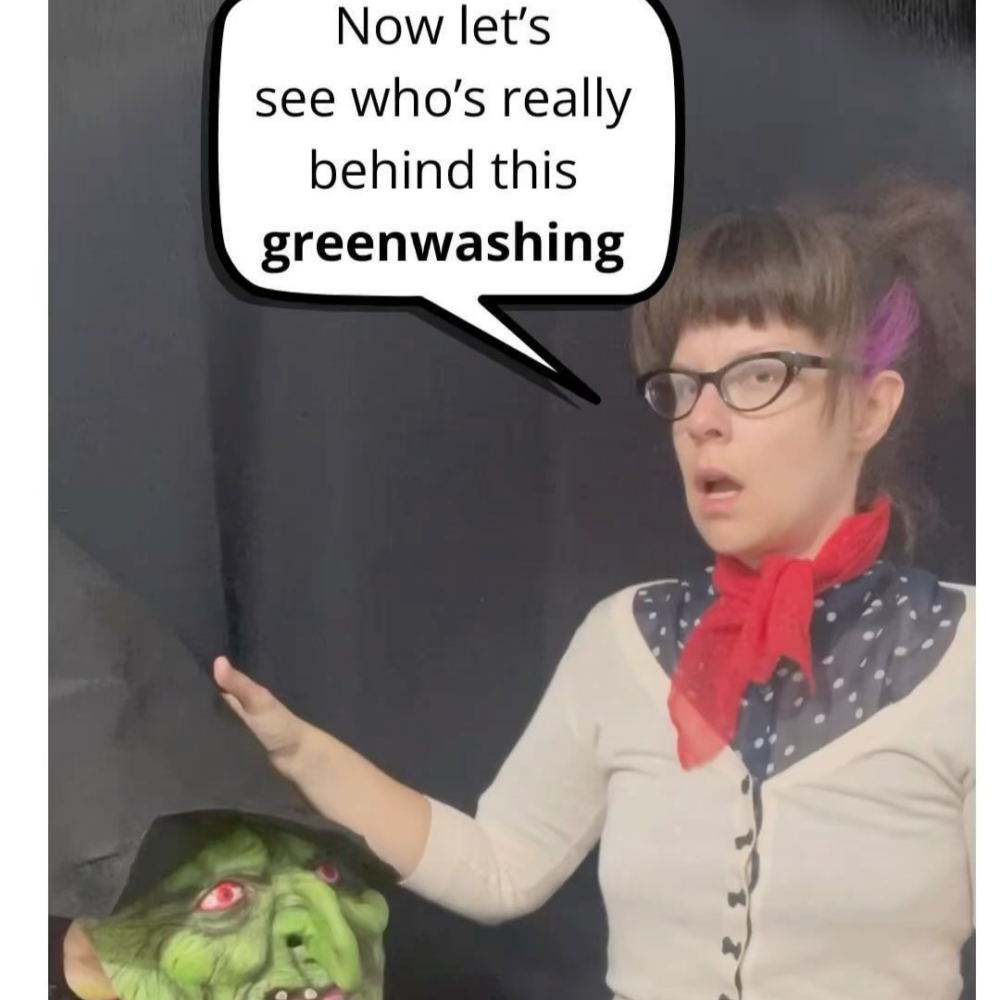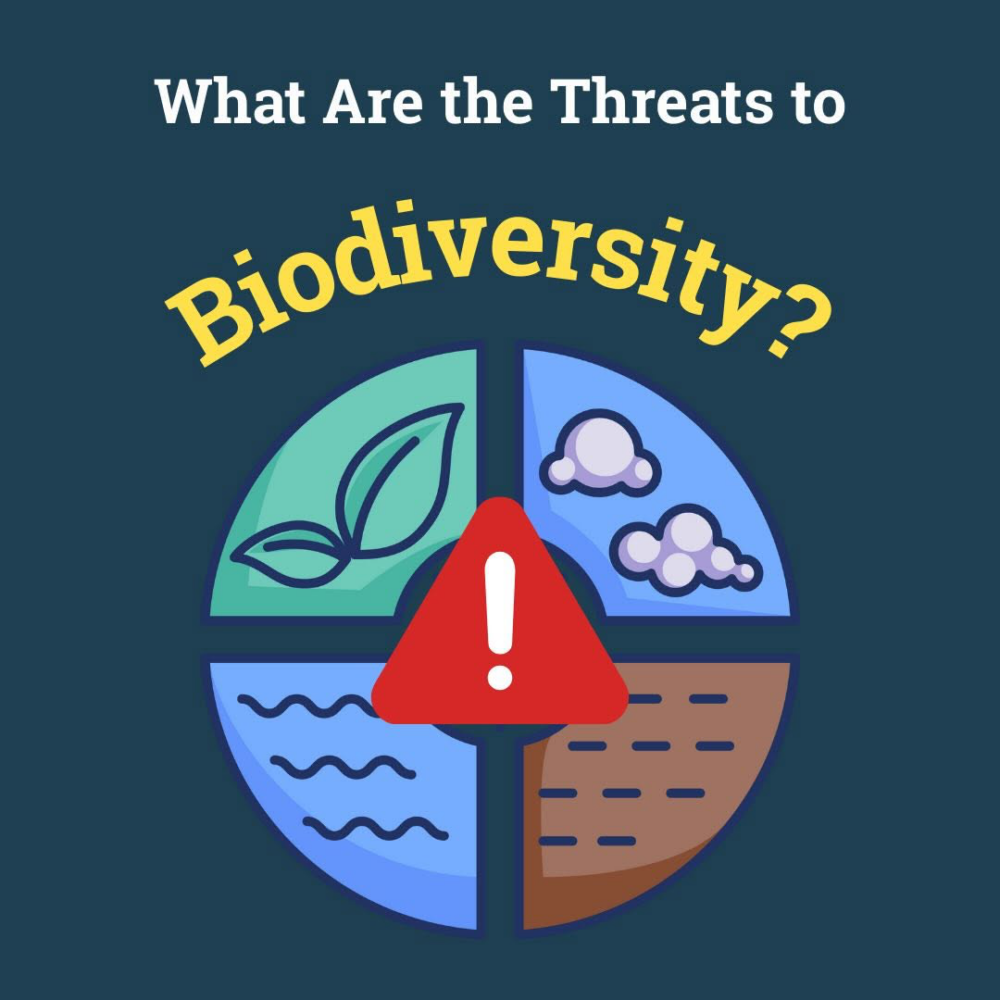
No Mow May is a movement that aims to support pollinators! You know, the birds, bats, butterflies – and most importantly BEES – we depend on. By mowing lawns less this month, we can help small flowering plants bloom and thrive (1,2,3). These wildflowers are often the only food sources for pollinators emerging from winter hibernation – especially in urban and suburban areas (4,5). When many people participate, it also reduces carbon emissions, which is great for climate (1,6).
It doesn’t have to be all or nothing! Some folks are concerned that waiting too long to mow can negatively impact their lawn. Indeed, avoiding mowing for a whole month might create stress and affect a lawn’s overall health and resilience (7,8,9). But, even mowing less often (every 2–3 weeks), and raising cutting height to 3+ inches boosts pollinator numbers and diversity (4,5,6,7,10,11,12).
No Mow May is just a starting point! Many garden plants are non-native and not ideal for native pollinators. Pollinators also need support beyond the month of May – March and April are crucial for some species, as well as before hibernation (1,5).
Here are other ways to help pollinators (1,5,7,13):
- Plant a variety of native flowering plants that will bloom from spring to fall.
- Provide nesting area by leaving bare soil patches, stems, dead stalks and leaves.
- Avoid using pesticides
- Dedicate an area on your lawn for plants to grow wild.
- Skip grass entirely! Many people are converting their yards from lawns to native pollinator gardens.
While not perfect, No Mow May raises awareness on the importance of pollinators and is a great first step toward sustainable garden management (1,5). It also strengthens our food system by helping the pollinators on which food crops depend (7).
Sources: https://tinyurl.com/SUFNoMowMay
Share our original Tweet!
“No Mow May” is a movement that aims to support pollinators, like the bees, on which we depend.
— ScienceUpFirst | LaScienced'Abord (@ScienceUpFirst) May 29, 2024
Here are different ways to help pollinators 👇 https://t.co/WeOCco4OfI
What are you doing to help them? Tell us in the comments!#ScienceUpFirst pic.twitter.com/mlm3Y4dyrH
View our original Instagram Post!



